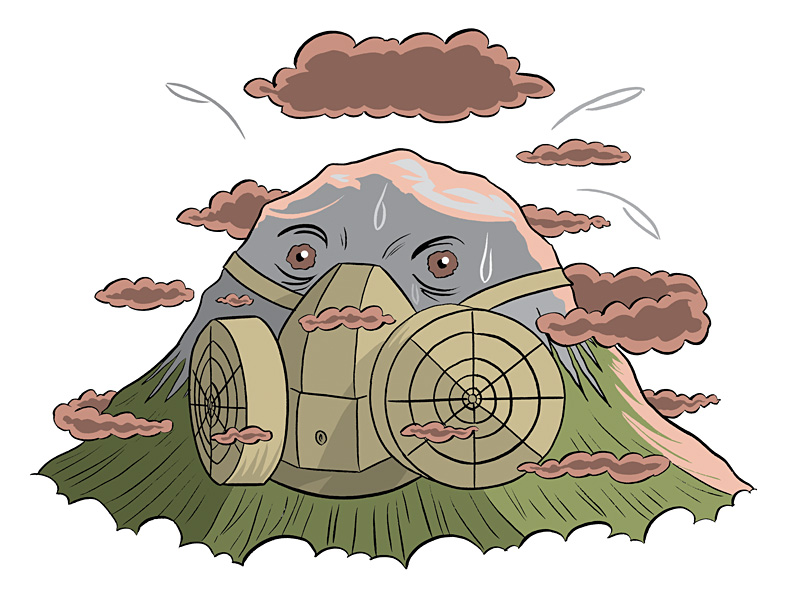A weekend trip to a national park would seem like the perfect opportunity to escape the dirty air of a congested city. Unfortunately, just as people migrate out of Seattle, so too do airborne pollutants. That’s the uncomfortable reality revealed by a study nearly eight years in the making, whose results have only come to light recently.
Back in 2002, the National Parks Service was pushed into action after pollutants were found in remote ecosystems near the poles. The Western Airborne Contaminant Assessment Project (WACAP) is what came out of the operation, a multidisciplinary team charged with performing a kind of forensic ecology on eight national parks in the West, including Mt. Rainier and Olympic, in order to find out how polluted they were and where those pollutants came from.
What WACAP found was disturbing. Of the 100 or more toxic substances tested for, 70 were found. Mercury levels in fish in both Olympia and Mt. Rainier exceeded EPA thresholds for human consumption. And the air was filled with pollutant run-off from local cities and agriculture.
“The choices we make locally can affect these national parks when they’re downwind of these agricultural and urban areas,” says Staci Simonich, an associate professor in environmental and molecular toxicology at Oregon State University and one of the WACAP participant researchers. “That’s the study’s take-home message.”







